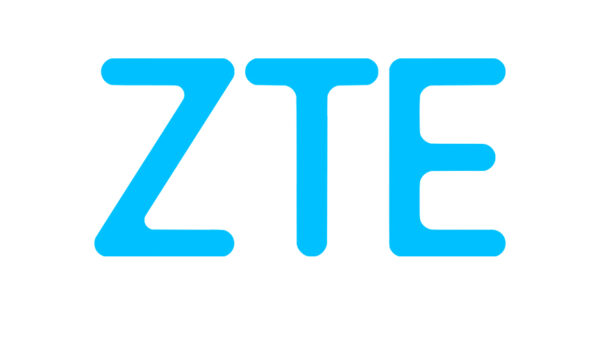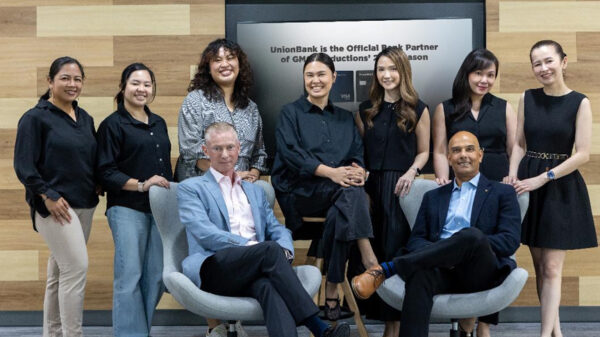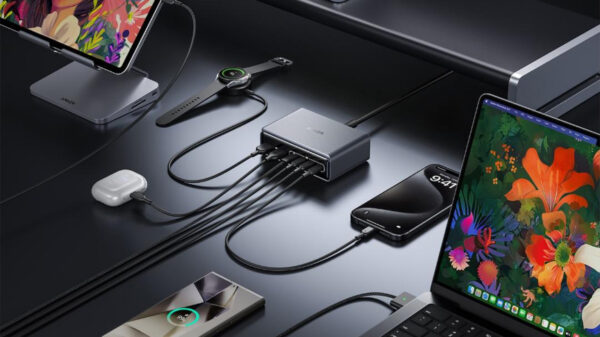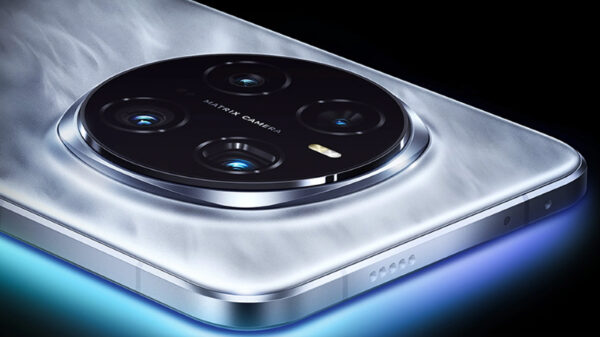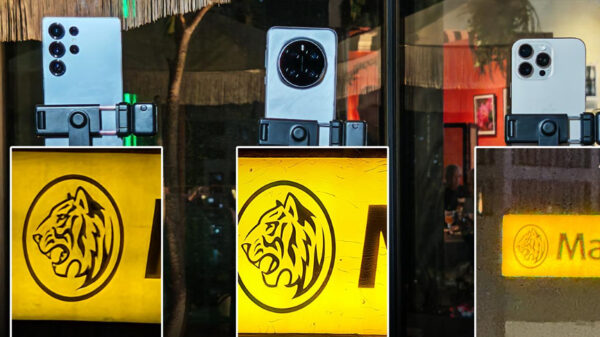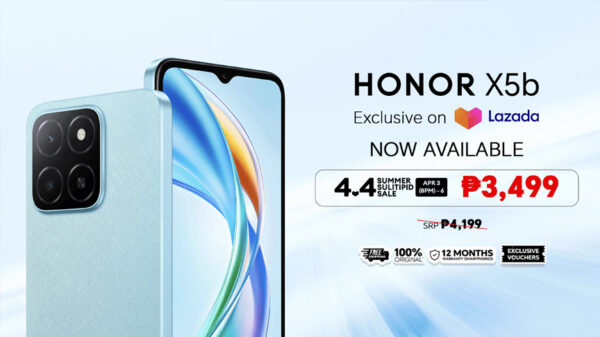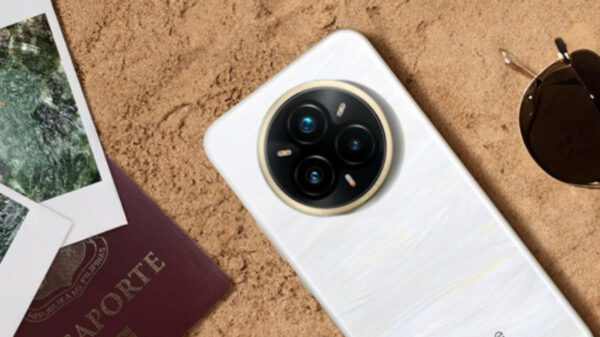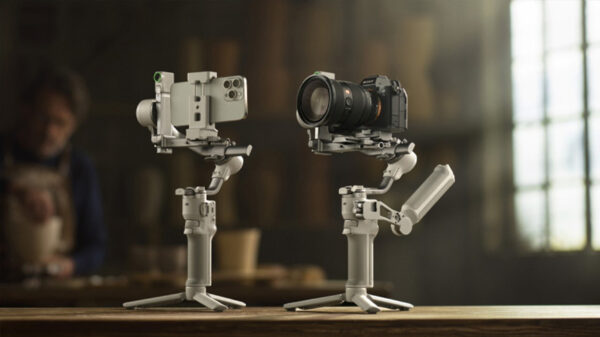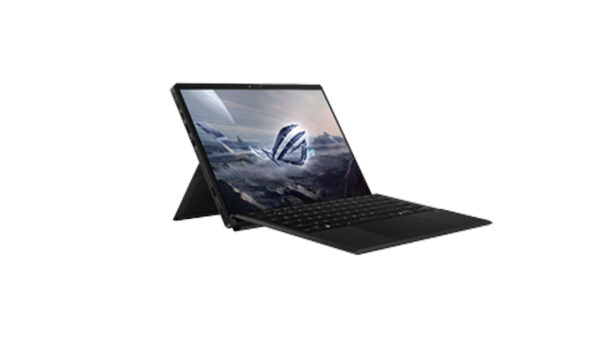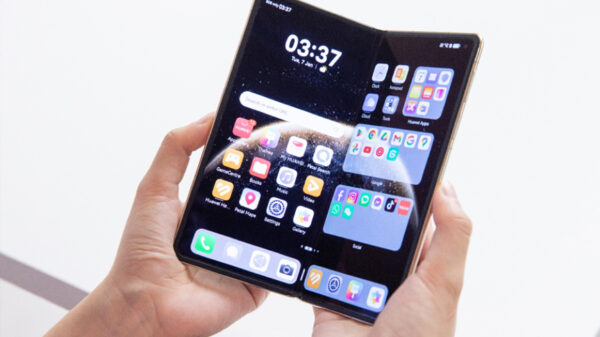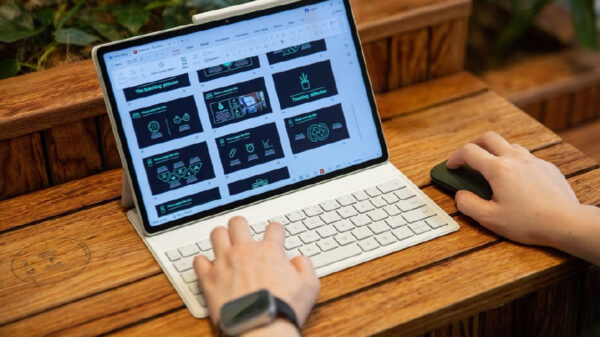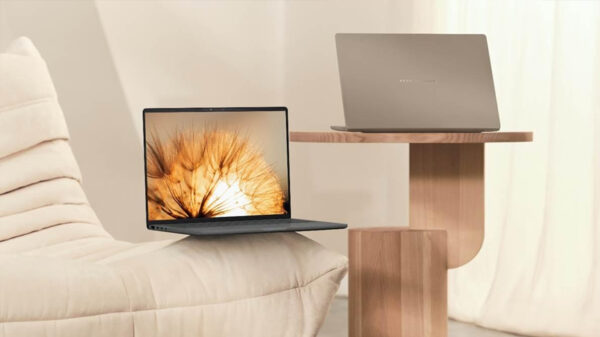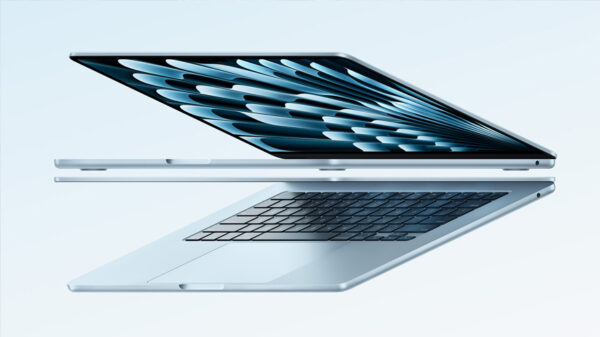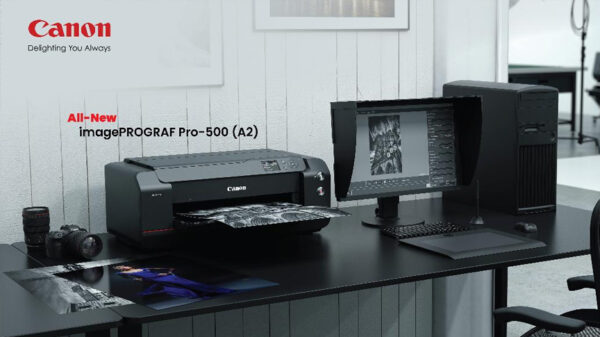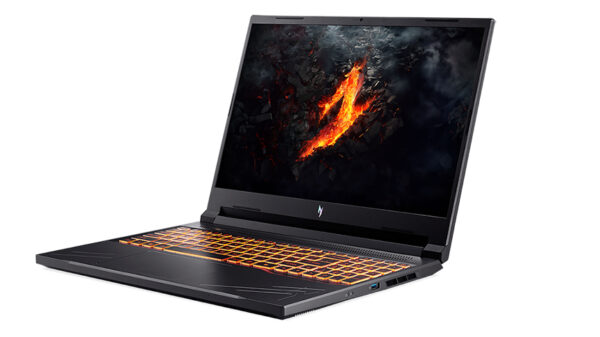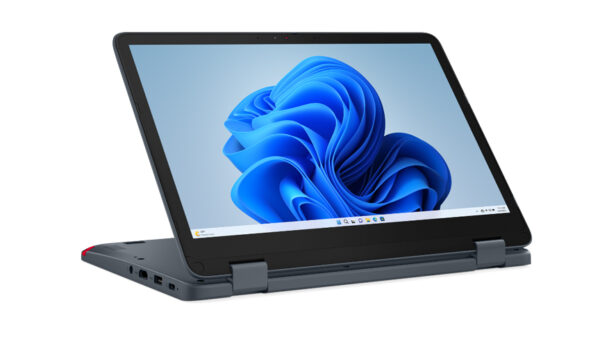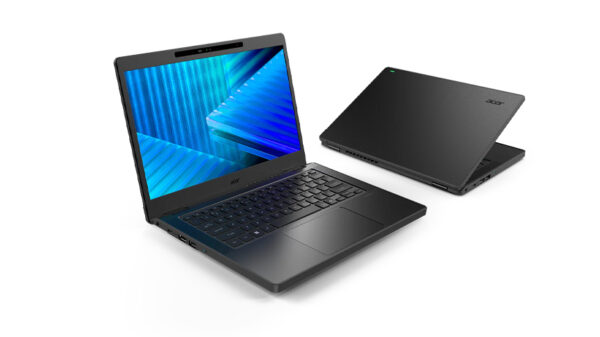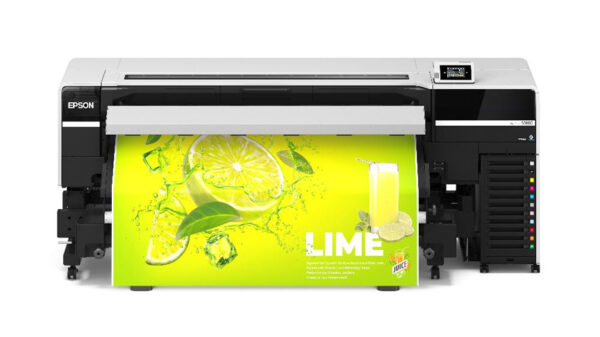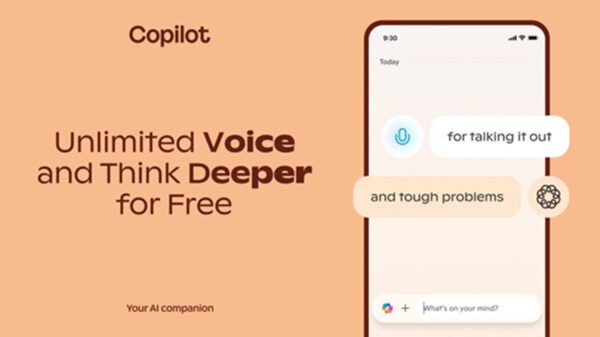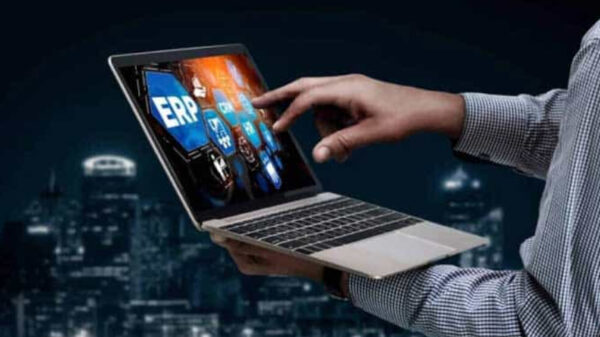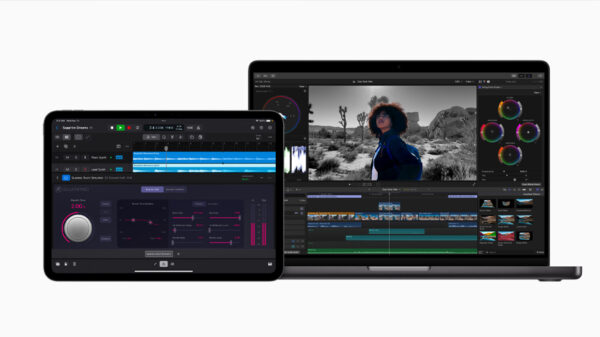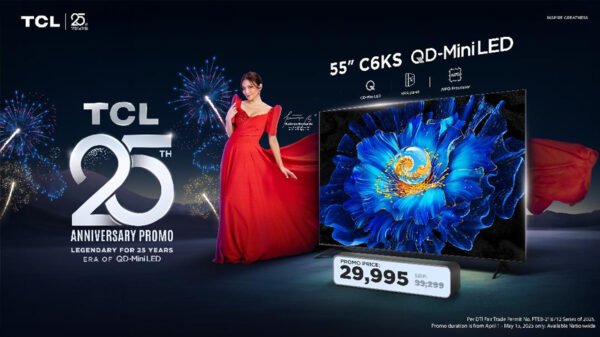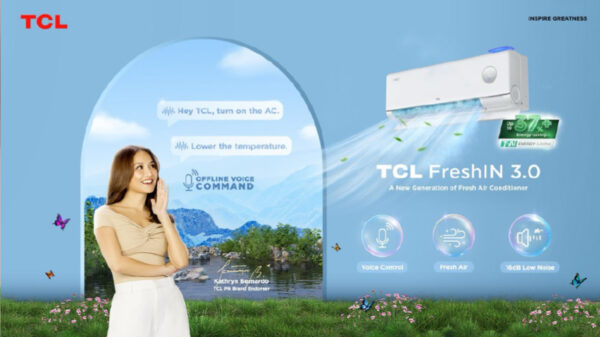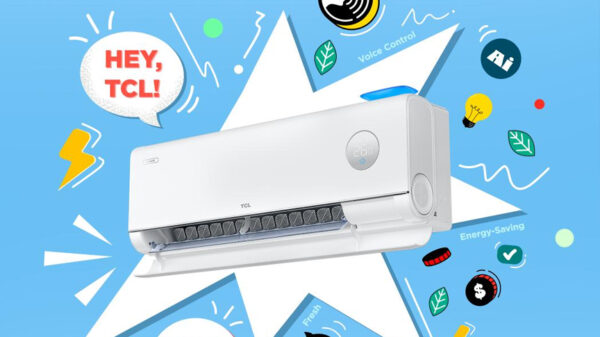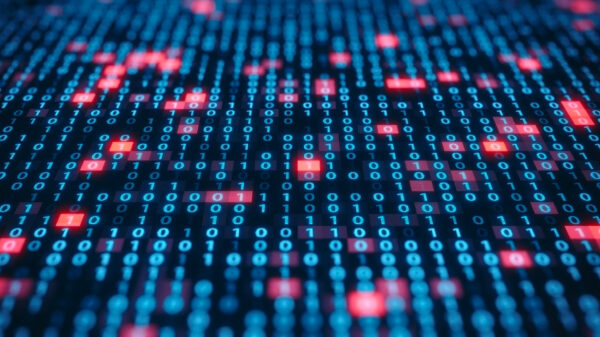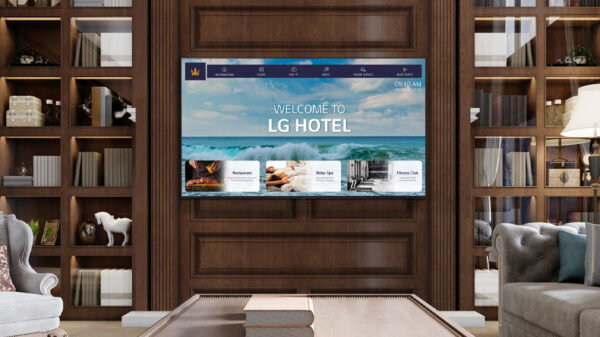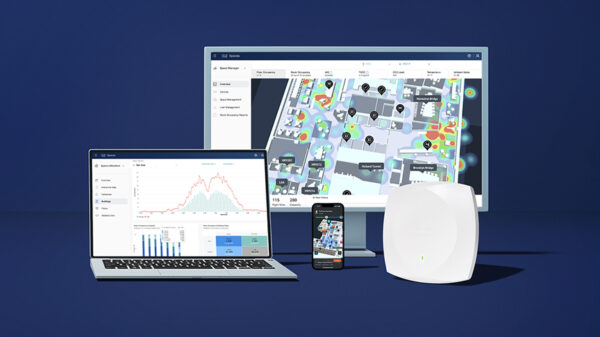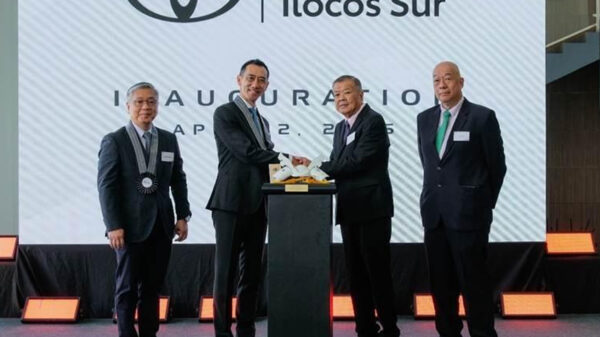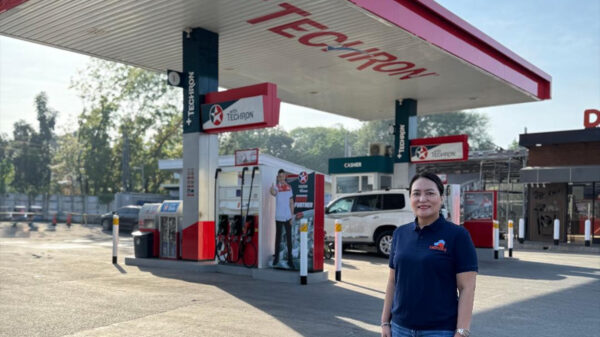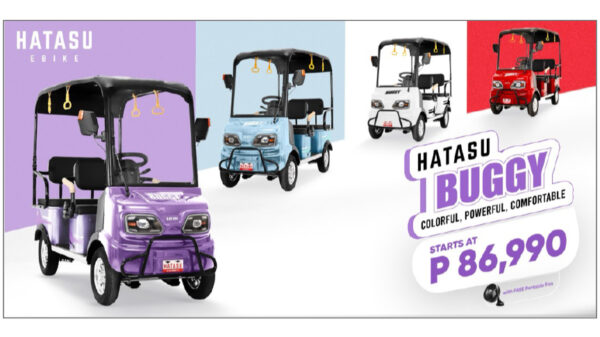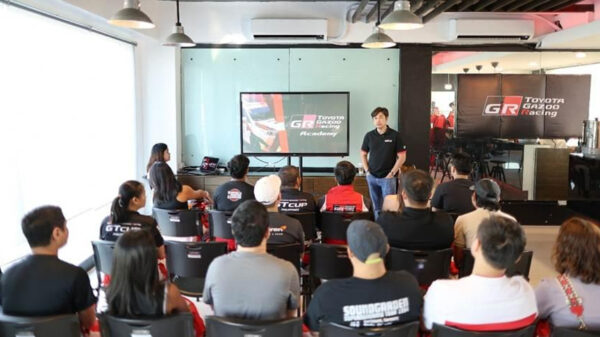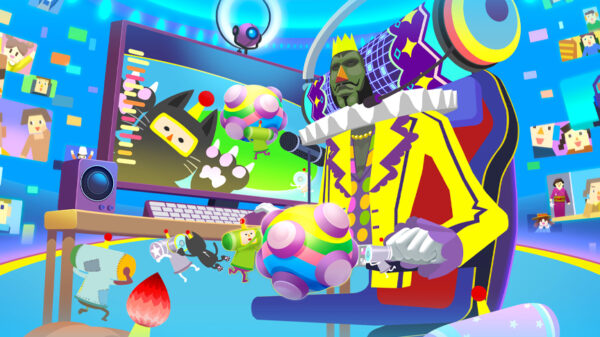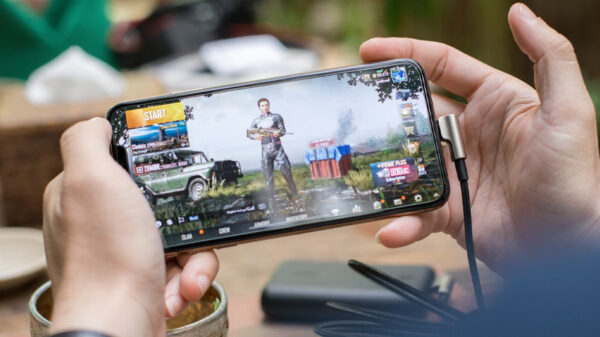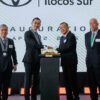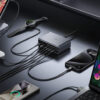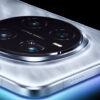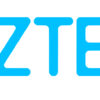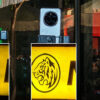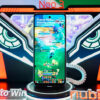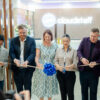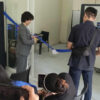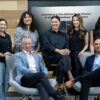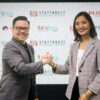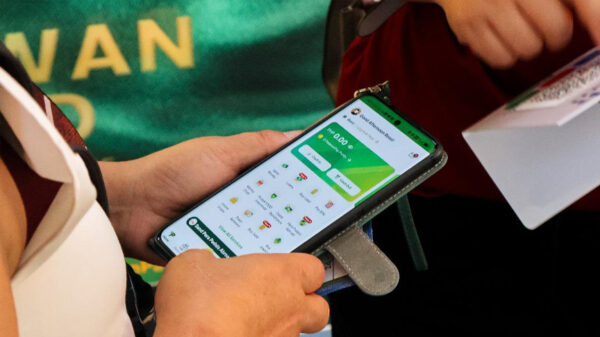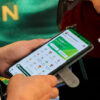Some industry sectors are setting a blistering pace when it comes to deploying digital solutions that deliver great experiences for their customers. Other verticals can follow their example in delivering products and services on-demand and at the point of need. But first they must transform themselves by embracing the latest developments at the intelligent network edge.
Dynamic innovation at the enterprise edge
So believes Tom Bianculli, CTO of Zebra Technologies, who mapped out his vision in an inspiring opening keynote at the recent NetEvents Global Media Summit in San Jose in California. Bianculli is a genuinely trailblazing figure who has helped transform some of the largest brands in tech to become more efficient, more competitive, and more profitable.
One of Bianculli’s own inspirations is Professor Robert Wolcott of the Kellogg School of Management at Northwestern University in Chicago. Wolcott believes that one of the most powerful forces shaping the markets of the future will be the shifting of the production and provision of products and services ever closer to the point of demand. Success will come to those best able to deliver value in a customer’s moment of need.
Right now the leaders in this space are coming from the front line of e-commerce, says Bianculli: “Total global e-commerce sales are at $4 trillion annually,” he noted. “Over the next four years that’s going to grow by 50% to $6 trillion. With every additional billion dollars of sales, there’s about a million square feet of logistic space that gets built out.”
He observed that in the US, approximately 43% of all dollars spent in retail e-commerce transactions will be done via mobile devices in 2024, citing leading examples like Uber Eats: “With all of this, customer perceptions have shifted,” he said. “Figures show that 62% of customers believe fast delivery is going to be the biggest differentiator in their choices.”
But the e-commerce sector faces challenges: “We have a triple squeeze,” he observed. “There’s an unprecedented labor shortage, shifting expectations among consumers and hugely diminished predictability when it comes to deciding what inventory you need and where it should be.”
Consumer power is creating what Bianculli describes as the ‘concept of liquid expectations’: “It’s the idea that an experience you have in one industry fluidly bleeds over into another industry and changes your expectation in that other industry,” he explained. “Consider the Apple Genius Bar compared to a typical healthcare experience. If I go to the Apple Genius Bar, I’m greeted by name when I arrive there, and all of the necessary elements that are required to have a great experience are in place. Relevant contextual information is set ahead of time. Compare that with a healthcare visit where you’re filling out forms, usually in a paper-based fashion.”
The retail sector, he said, is often getting it wrong too, by not being able to predict what inventory they need to have in what location. The result is a mix of overstocks and understocks that is costing them $2 trillion annually, or 10% of global retail turnover.
“If you’re delivering in an on-demand world, whatever your sector, the expectation is increasingly of an infinite selection, delivered in closer and closer to zero time,” concluded Bianculli. “This means organisations need to be creating a connected fabric at the edge of the network so they’re seeing their inventory position in real time. It’s also about understanding how best to orchestrate your workforce. With more and more automation, whether that’s through robotics or other forms of digital automation, how do you orchestrate the collaborative environment between those, going from systems of record to systems able to react and respond in real time, and do that in an intelligent way?”
He invited people to imagine a different kind of inventory management: “What if we could enable a store to be sensor-enabled? Through a combination of RFID, computer vision and other types of sensor technology, we’d be able to see in real time what’s on the shelf, what’s on the rack, and where customers are located, all in real time.”
Bianculli believes the same principles can be applied to the challenge of food waste, addressing a situation where a third of of food produced for human consumption is lost or wasted globally to the tune of over a billion tons per year.
“We can deploy IoT-driven environmental sensing down to the individual pallet for perishable goods,” he envisioned. “You can ensure that you sell through that product before it perishes. You can leverage your data in real time, at the same time as performing analytics on that data based on the shipment type.”
Bianculli flipped to the healthcare sector with the shocking statistic that medical error is the third leading cause of death in the United States, responsible for 250,000 fatalities per year. Some 10% of those deaths are from medication errors, such as the delivery of the wrong medication to an individual. “You can address this if you are able to connect every asset and every patient in a hospital,” he said. “This is something that we’re piloting today, carrying out positive patient identification in an automated fashion to ensure that you’re administering the right medication, to the right person, in the right way, at the right time. You can do this by equipping the healthcare worker with technology that’s able to identify them to the network, added to a patient wristband that’s able to identify itself, collecting all of this information seamlessly together. Nurses didn’t go to school to document things or handle care coordination from one shift to the next. They went to school to care for people and improve lives and outcomes. And by collecting all this information seamlessly, we don’t just eliminate error, we actually return time back to the worker to improve the quality of care. Zebra employed similar technology at the Superbowl this year, and it can work in oil and gas environments where safety is critical. And of course it can work from a supply chain perspective to make sure that we can fulfil needs and delight customers. We’ve got a great opportunity to create a more responsible, sustainable, healthy and profitable future.”



